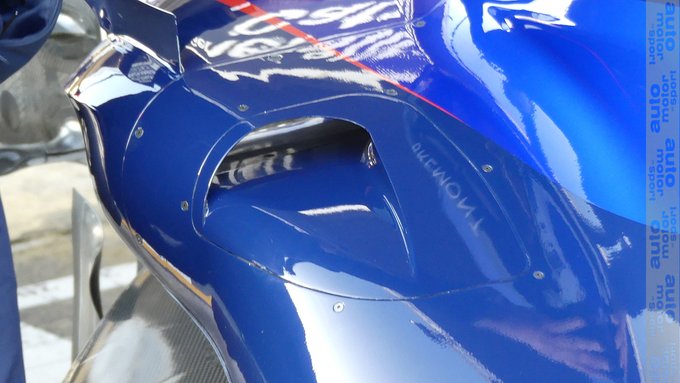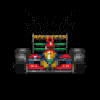Vanja #66 wrote: ↑04 Mar 2022, 11:53
vorticism wrote: ↑01 Mar 2022, 23:22
Does your sim have enough resolution to give much insight into the Williams sidepod flow-through/bypass ducts?
I'm not sure if there is a radiator in front of that ducting. Looks like there isn't, but not quite sure. If not, then a sim could be done, but we won't be able to see all the benefits in flow conditioning without the entire car geometry. All in all, the ducting seems to be a typical slat design - energizing the flow above the steep downward curve so it stays attached all the way down.
There was a short discussion regarding F1-75 and if the sidepod sausages are acutally channels guiding air from the front all the way to the beam-wing. Looked far-fetched to me and photos from Barcelona indeed suggest this is not the case. Seeing what Williams did with their slat-like design makes much more sense to me for this kind of "fake" ducting.
For fun (maybe ours, not yours) it would be cool to seek you mock up your Ferrari model with the engine cover slats, but duct them to the inner half of the sidepod inlets. We saw in testing they used both small and large slats. Now, that could be for testing heat rejection. Or, maybe it's an aero device. If so, what effect would it have? They'd be playing around with how much air is being deflected around the front of the sidepod, in one sense.
Might seem compromised, but what other way is there to move air in a straight shot through this part of the car? Short of making L-shaped sidepods as done by other cars in the past, there isn't one. Rather than pushing air up and over or around the sides, they allow it to pass straight through, with some surface drag penalty.
edit: looking at some of the engine bay photos there doesn't seem to be any dedicated ducts from the inlet to the louvers.
As for the Williams, there are photos which show that the duct does not have heat exchangers ahead of it. It seems to be either for directing flow down the sidepod, as you suggest, or I'm also thinking it could be a way for them to adjust cooling based on weather. Larger duct for cool weather, no duct for hot weather. In testing the ran the duct both closed and open.





